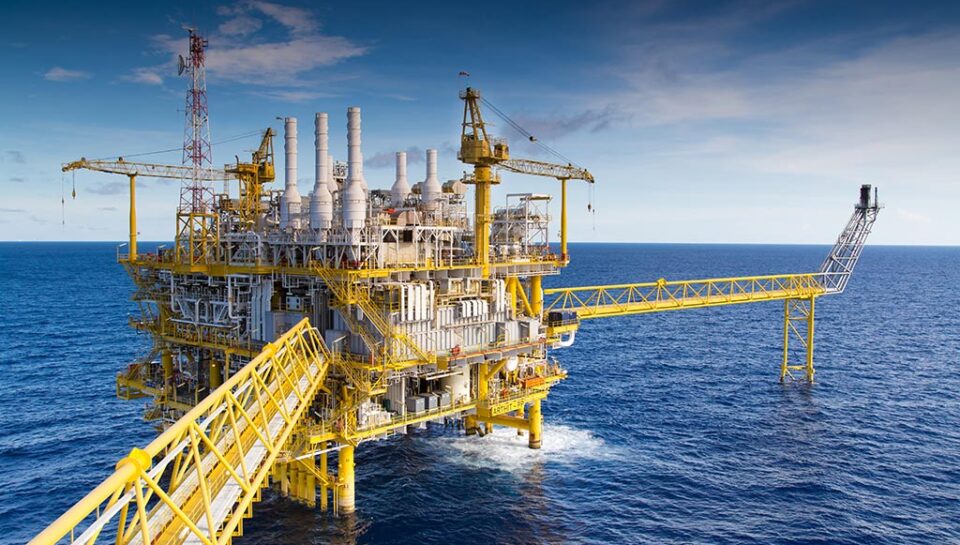Increasing Operational Efficiency in Upstream Oil and Gas
Beyond SCADA: Optimizing E&P Assets with Time-Series Analytics Exploration and production (E&P) companies must always strive for best-in-class production asset operational efficiency to manage costs and maximize profits. However, the present environment, in particular, can be a challenge to navigate.
With the global energy transition in full swing, operators are faced with constantly changing regulatory and compliance requirements that demand close attention and agile adaptation. The energy transition is also creating uncertain long-term production demand and rapid fluctuations in short-term demand due to variable global economic conditions, complex geopolitics, and natural disasters.
The oil and gas industry, by nature, will continue to navigate complex challenges and opportunities, making now an ideal time to integrate digital technologies that streamline processes and optimize operations. This is because successful digital transformation increases operational efficiency, reduces maintenance costs, and enhances safety and environmental performance.
Advanced Analytics Platforms Create Insights
At Seeq, we have spent the last decade building our platform to provide industrial analytics and AI for upstream oil and gas operators, enabling enterprise monitoring across limitless assets. The highest value and most easily scalable use cases typically fit into one of three categories:
- Emissions performance improvement
- Production optimization
- Equipment downtime reduction
According to the World Economic Forum, digital technologies will aid in reducing emissions up to 20% by 2030 with minimal capital expense. However, left to outdated software tools, performing the analysis to properly track and mitigate emissions is time-consuming and cumbersome, leading to slow, inconsistent progress.
Conversely, Seeq’s self-service advanced analytics capabilities make it easy to automate and streamline regulatory reporting for easy upload into corporate reporting systems, such as SAP. Once companies are equipped with insights into their emissions on a daily or hourly basis, they can use this information to streamline processes. For example, reducing flaring emissions from various sources, such as blowdown valves, is one of the most common Seeq applications.
Maximizing oil recovery while minimizing costs through improved efficiency and reduced equipment downtime is imperative for operators to maintain profitability in the top—and even more so in the bottom—of cycle periods. By using Seeq’s innovative Capsule Identification technology, users can create smart logic and alerts, incorporating both first principals assumptions and AI to intelligently monitor thousands of assets at a time. These types of alerts empower companies to increase production recoveries, extend mean time between failure for assets, and justify extending test intervals that require asset downtime. The following use cases changed the way teams perform monitoring and maintenance activities in each scenario to minimize cost and increase asset reliability.







